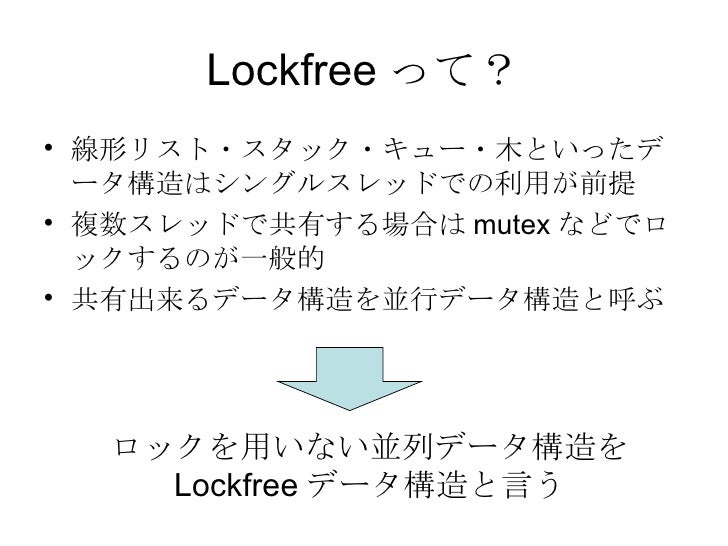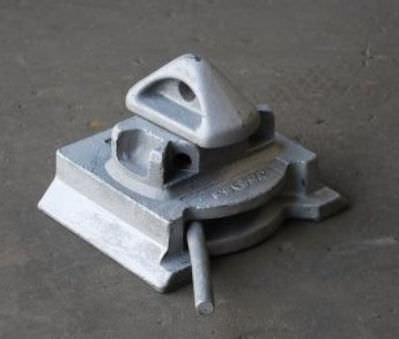

Several predefined views, listed in Table 27.1, are available to show the current state of the system. When recovery is performed at server start (e.g., after immediate shutdown, server crash, and point-in-time recovery), all statistics counters are reset. When the server shuts down cleanly, a permanent copy of the statistics data is stored in the pg_stat subdirectory, so that statistics can be retained across server restarts. For better performance, stats_temp_directory can be pointed at a RAM-based file system, decreasing physical I/O requirements. These files are stored in the directory named by the stats_temp_directory parameter, pg_stat_tmp by default. The statistics collector transmits the collected information to other PostgreSQL processes through temporary files. (To prevent ordinary users from hiding their activity from the administrator, only superusers are allowed to change these parameters with SET.) Normally these parameters are set in nf so that they apply to all server processes, but it is possible to turn them on or off in individual sessions using the SET command. The parameter track_io_timing enables monitoring of block read and write times.

The parameter track_functions enables tracking of usage of user-defined functions. The parameter track_counts controls whether statistics are collected about table and index accesses. The parameter track_activities enables monitoring of the current command being executed by any server process. (See Chapter 19 for details about setting configuration parameters.) This is controlled by configuration parameters that are normally set in nf. Since collection of statistics adds some overhead to query execution, the system can be configured to collect or not collect information. This facility is independent of the collector process.Ģ7.2.1. Statistics Collection Configuration PostgreSQL also supports reporting dynamic information about exactly what is going on in the system right now, such as the exact command currently being executed by other server processes, and which other connections exist in the system. It can also count calls to user-defined functions and the total time spent in each one. It also tracks the total number of rows in each table, and information about vacuum and analyze actions for each table. Presently, the collector can count accesses to tables and indexes in both disk-block and individual-row terms. PostgreSQL's statistics collector is a subsystem that supports collection and reporting of information about server activity. Statistics Collection Configuration 27.2.2. If you want to read more about the new locking features in MySQL, check this post on the MySQL Server Blog.27.2.1. Just configure the database connection, run php artisan queue:table and php artisan migrate, and set the QUEUE_CONNECTION to database in your. If you run MySQL >=8.0.1 or Postgres >=9.5, you don't need to change anything in your app.
#Postgres lock queue driver
However, you should know that the database queue driver is not the best driver performance-wise, but it's still pretty efficient as the test results shared above implicate. In addition to this, you can easily configure database backups to ensure you don't lose the jobs in store in case the server crashed. The database driver is easy to setup since you don't need to worry about configuring and maintaining another tool "redis", it also opens the door for complex custom rules like funneling jobs per tenant or ensuring groups of jobs run in a certain order. Pros and Cons of the database queue driver I've tested the changes processing 516,783 jobs by 50 workers and it resulted no deadlocks. Starting the next Laravel release, you can use the queue database driver even if your environment is under heavy load. This allowed us to prevents workers from fighting over the same job and thus cause a deadlock. MySQL 8.0.1 and Postgres 9.5 allows skipping a locked record and ignore it. Now we have a deadlock, multiple transactions waiting for each other to release the same locks.

The database queue driver was not recommended to run in production environments due to the problem of deadlocks with Relational database.


 0 kommentar(er)
0 kommentar(er)
